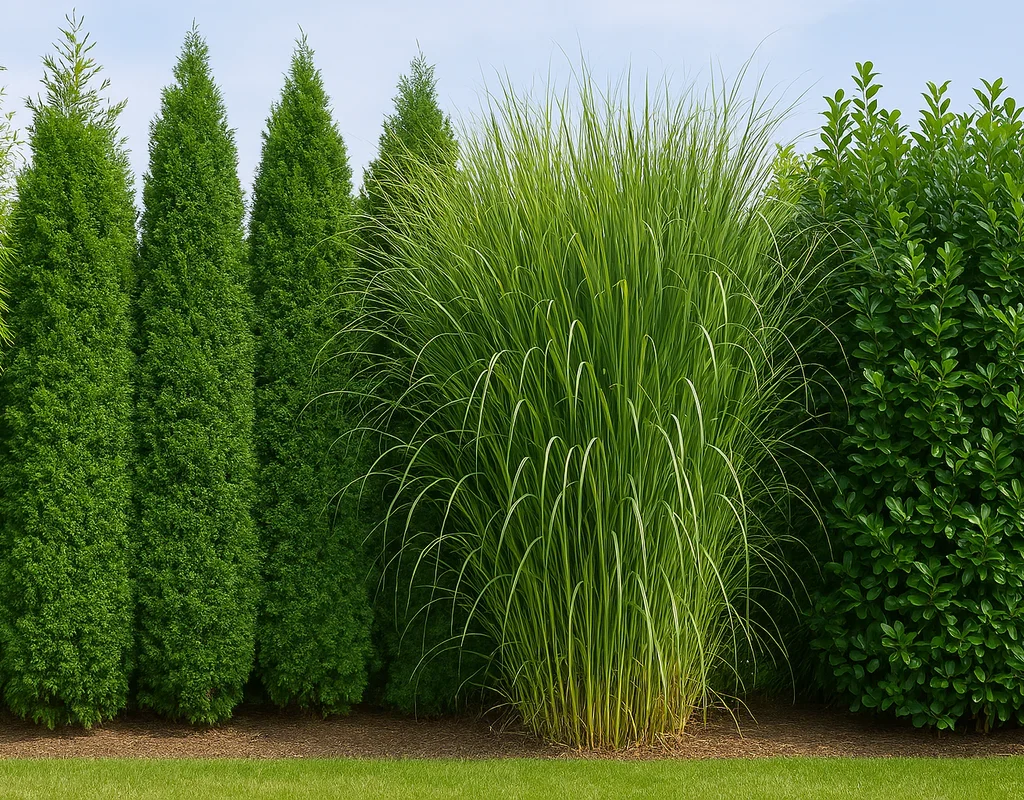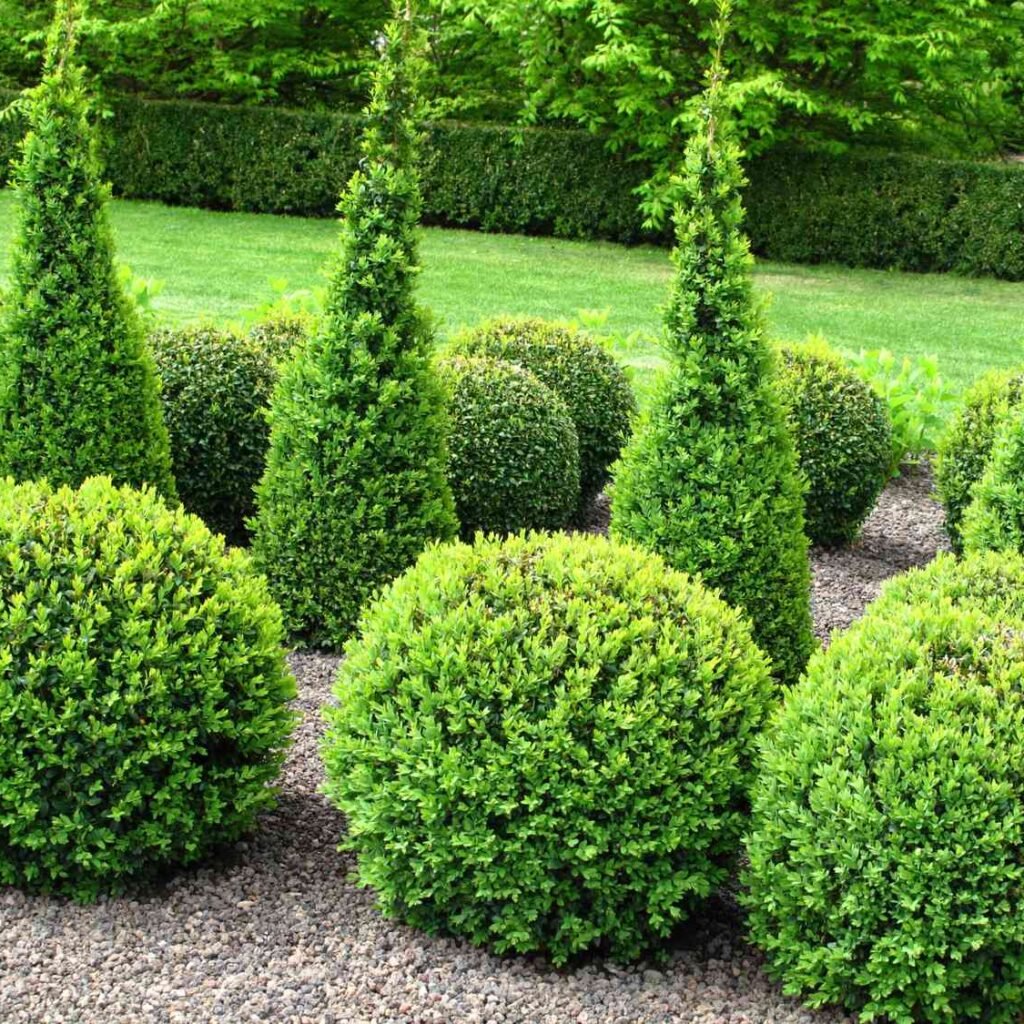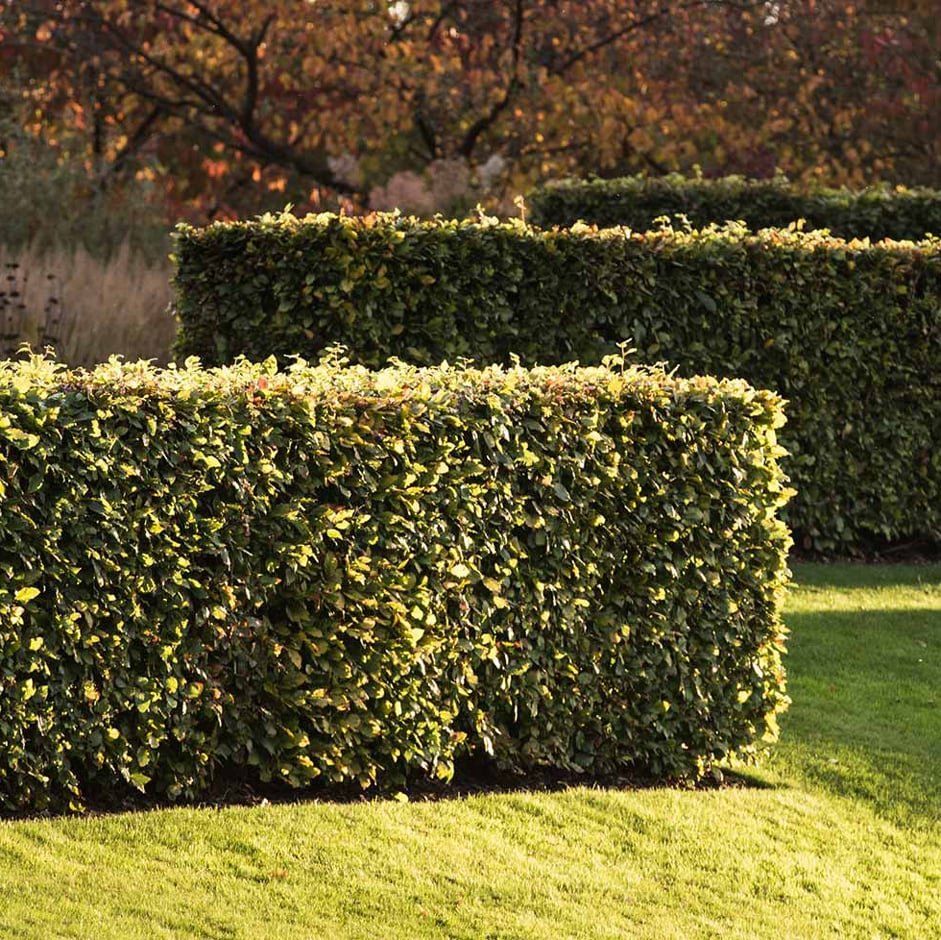Creating clear boundaries in your garden or yard can serve multiple purposes: privacy, windbreaks, noise reduction, and visual appeal. While fences and walls are common, fast-growing plants offer an eco-friendly, aesthetically pleasing alternative that blends seamlessly with nature. Choosing the right species ensures that your boundary grows quickly, remains healthy, and enhances your landscape.
In this article, we explore the best fast-growing plants for creating boundaries, including trees, shrubs, and climbers, with tips on planting, care, and maintenance for a thriving natural barrier.
Why Choose Fast-Growing Plants for Boundaries?

Using plants as boundaries provides several benefits:
- Privacy – Dense foliage shields your property from neighbors or passersby.
- Noise Reduction – Trees and shrubs absorb sound, reducing street or garden noise.
- Wind Protection – Strategic planting protects gardens and outdoor areas from harsh winds.
- Aesthetic Appeal – Green boundaries are more visually appealing than plain fences.
- Environmental Benefits – Plants improve air quality, support wildlife, and increase biodiversity.
Fast-growing species accelerate these benefits, giving homeowners a functional boundary in a short period.
1. Bamboo

Bamboo is a versatile and striking choice for creating fast-growing boundaries. Its tall, dense stalks grow rapidly and provide excellent privacy.
Features:
- Growth Rate: Up to 3 feet per year depending on species.
- Height: 10–30 feet or more.
- Foliage: Evergreen with thin, vertical leaves that create a dense screen.
Tips for Growing Bamboo:
- Containment – Use root barriers to prevent invasive spread.
- Sunlight – Most bamboo species prefer full sun but tolerate partial shade.
- Watering – Regular watering supports rapid growth, especially during establishment.
- Maintenance – Prune dead or weak canes to maintain density and shape.
Benefits: Bamboo forms a quick, natural wall that is both elegant and functional, ideal for privacy screens or garden sections.
2. Leyland Cypress (Cupressus × Leylandii)

Leyland Cypress is one of the fastest-growing evergreen trees, often used for hedges and property lines.
Features:
- Growth Rate: 3–4 feet per year.
- Height: Can reach 60–70 feet, suitable for tall boundaries.
- Foliage: Dark green, dense, and conical shape ideal for screening.
Tips for Growing Leyland Cypress:
- Spacing – Plant 6–10 feet apart to create a continuous screen.
- Soil – Prefers well-draining soil and moderate moisture.
- Sunlight – Thrives in full sun for optimal growth.
- Maintenance – Trim annually to maintain shape and prevent overgrowth.
Benefits: Provides a robust, evergreen boundary that grows rapidly and requires minimal care once established.
3. Privet (Ligustrum)
Privet is a popular hedge plant known for its fast growth and dense foliage. It is excellent for low to medium-height boundaries.
Features:
- Growth Rate: Up to 2 feet per year.
- Height: 4–15 feet depending on variety.
- Foliage: Glossy green leaves, sometimes producing small white flowers.
Tips for Growing Privet:
- Pruning – Regular trimming encourages bushy growth and keeps the hedge dense.
- Soil – Tolerates a wide range of soil types but prefers fertile, moist soil.
- Sunlight – Full sun to partial shade ensures lush growth.
- Pest Control – Monitor for aphids or scale insects.
Benefits: Privet hedges are ideal for formal gardens or property lines, providing fast-growing, low-maintenance privacy.
4. Forsythia

Forsythia is a deciduous shrub that grows quickly and adds seasonal interest with vibrant yellow blooms in early spring.
Features:
- Growth Rate: 2–3 feet per year.
- Height: 6–10 feet.
- Foliage: Green leaves with bright yellow flowers in spring.
Tips for Growing Forsythia:
- Pruning – Trim after flowering to maintain shape and encourage dense growth.
- Soil – Prefers well-drained soil with moderate fertility.
- Sunlight – Full sun enhances flowering and overall growth.
- Watering – Moderate water needs; drought-tolerant once established.
Benefits: Forsythia creates a fast-growing, colorful boundary, making it ideal for garden edges or separating spaces while adding visual appeal.
5. Arborvitae (Thuja)

Arborvitae is a classic choice for evergreen hedges, valued for its quick growth and dense foliage.
Features:
- Growth Rate: 2–3 feet per year.
- Height: 10–20 feet, suitable for mid- to tall boundaries.
- Foliage: Flat, scale-like leaves that form a thick green wall.
Tips for Growing Arborvitae:
- Spacing – Plant 3–5 feet apart for a continuous hedge.
- Soil – Moist, well-draining soil is preferred.
- Sunlight – Thrives in full sun to partial shade.
- Maintenance – Minimal pruning, but occasional shaping improves aesthetics.
Benefits: Arborvitae hedges are durable, provide year-round privacy, and grow relatively fast, making them ideal for residential or commercial landscapes.
6. Climbing Vines for Vertical Boundaries
Climbers like Clematis, Jasmine, or Climbing Roses can quickly create vertical boundaries when trained on trellises, pergolas, or fences.
Features:
- Growth Rate: 1–3 feet per year (varies by species).
- Coverage: Vertical expansion adds height without consuming ground space.
- Foliage/Flowers: Dense leaves with optional flowering for decorative effect.
Tips for Growing Climbing Plants:
- Support Structure – Provide trellises, wires, or fences for vertical growth.
- Sunlight – Most climbers prefer full sun for vigorous growth.
- Pruning – Regular trimming encourages dense coverage and flowering.
- Watering – Keep soil consistently moist during establishment.
Benefits: Climbers offer privacy while adding decorative value, making them perfect for narrow yards or balcony boundaries.
Tips for Maintaining Fast-Growing Boundary Plants
- Regular Watering – Young plants need consistent moisture to establish quickly.
- Fertilization – Use slow-release fertilizers to promote healthy growth.
- Pruning and Trimming – Shape plants regularly to maintain density and aesthetics.
- Pest and Disease Management – Monitor for common issues and treat promptly.
- Spacing Considerations – Avoid overcrowding to prevent competition for nutrients.
Tip: Fast-growing plants often require initial maintenance to keep them healthy and ensure they form effective boundaries.
Combining Different Species
For a dynamic and functional boundary, consider combining multiple species:
- Layering: Use tall trees for height, shrubs for mid-level coverage, and ground covers for lower boundaries.
- Seasonal Interest: Mix evergreen and flowering plants for year-round appeal.
- Biodiversity: Encourage beneficial insects and birds, enhancing garden ecology.
Example Combination: Leyland Cypress for privacy, Forsythia for seasonal color, and climbing jasmine on a trellis for vertical coverage.
Conclusion
Fast-growing plants offer a natural, beautiful alternative to traditional fences and walls for defining garden boundaries. Bamboo, Leyland Cypress, Privet, Forsythia, Arborvitae, and climbing vines provide rapid coverage while adding privacy, aesthetics, and environmental benefits.
Choosing the right species, planting strategically, and maintaining proper care ensures that your boundary grows quickly, remains dense, and enhances the overall landscape. By combining different plants and layering heights, homeowners can create functional, attractive, and eco-friendly barriers that transform their gardens.
Investing in fast-growing boundary plants is not just about separating spaces—it’s about creating a thriving, harmonious outdoor environment that balances privacy, beauty, and ecological benefits.

Leave A Comment